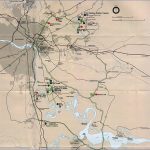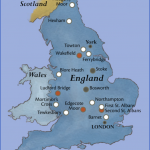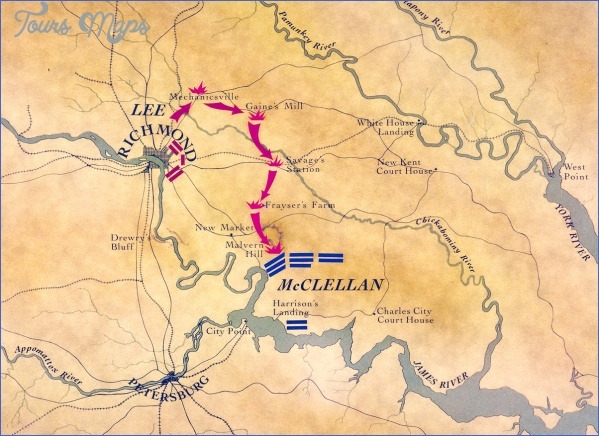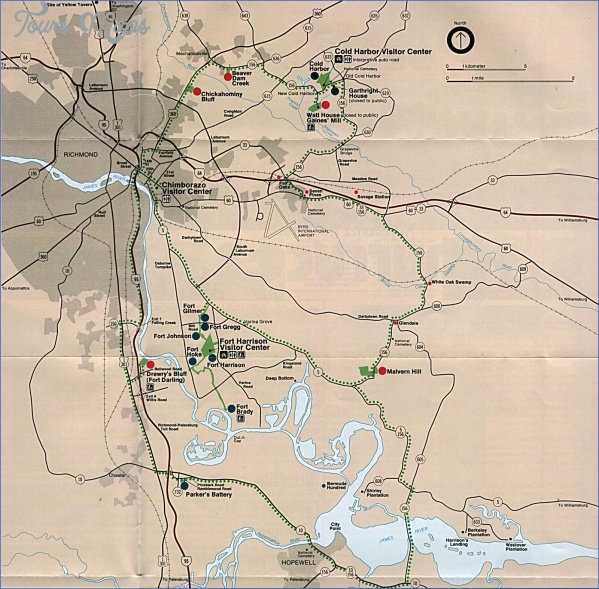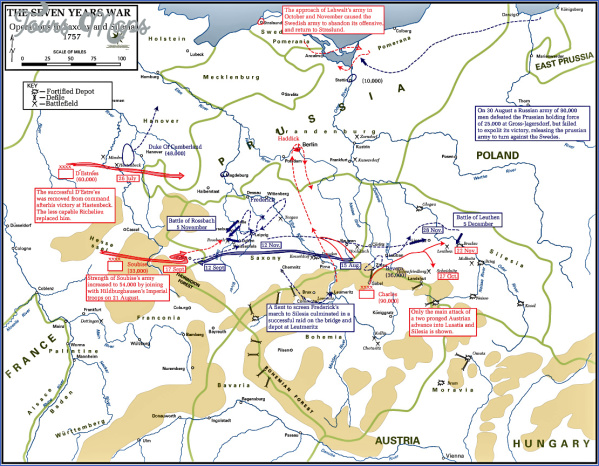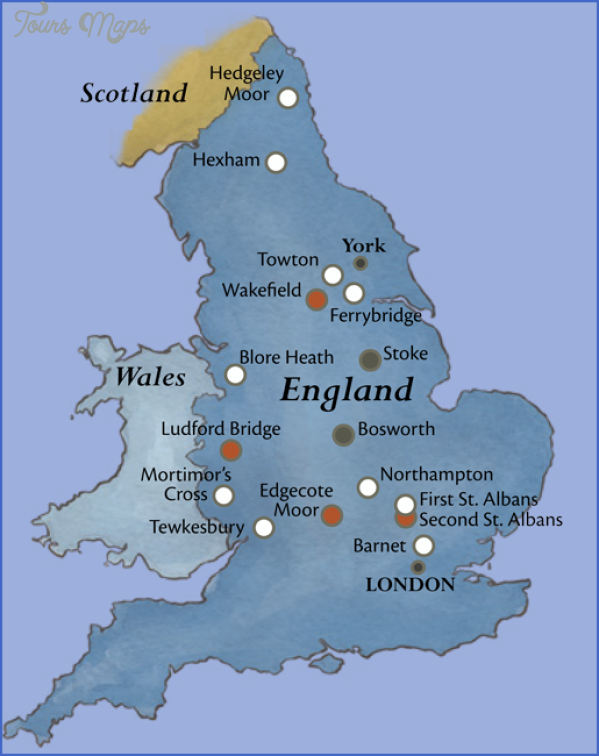THE BRIDGE MAPS OF WAR
Bridges play key tactical roles in warfare, where moving military forces and supplies, or blocking enemy conduits of the same, is critical. Military bridges are of three main types: scissor-style launched bridges that are foldable and often laid by armored vehicles; floating bridges (also called pontoon or ribbon bridges); and Bailey bridges, which are built of modular panels. All three continue to be used today.
Pontoon bridges utilize a series of boats or floats, and date back to the ancient Chinese, Greeks, Romans, and Persians. A renowned pontoon bridge was the two-mile span over the Hellespont (Dardanelles) constructed in 480 B.C. by Persian engineers to transport the invading army of Xerxes I of Persia. According to Herodotus, it was made of 674 ships lashed together with flax and papyrus cables and stationed in two parallel rows with their keels in the direction of the current.
A Bailey bridge built during World War II by the 577 Field Company Royal Engineers over the River Arno in Florence in 1944.
As warfare became increasingly mechanized, the need to move quantities of heavy equipment over large distances made the strategic value of bridges greater than ever. Military engineering units utilized their skills to serve their own army’s ability to live, move, and fight, as well as to impede the effortswhile under fireof the opposing side’s engineers. Prior to the outbreak of World War II they built bridges largely with primitive tools and locally available materials. In the early years of that war, crude developments included the modification of existing materials to meet short-term bridging requirements, but new, more permanent solutions were required.
THE BRIDGE MAPS OF WAR Photo Gallery
Rapid bridging equipment enhanced the military engineer’s ability to influence the course of operations. A significant achievement was the invention of the Bailey bridge by Sir Donald Coleman Bailey (1901-1985), chief engineer at the Military Engineering Experimental Establishment in England. Developed over a period of only seven months, Bailey’s versatile design for a strong but relatively lightweight steel truss met wartime’s difficult criteria. First used operationally during the North African campaign in Tunisia at the end of 1942, Bailey bridges quickly became the main bridging equipment of the Allied armies.
Simple, strong, and mass-produced, the Bailey bridge had an importance that cannot be overstated. Critically, it was modular, constructed of prefabricated steel lattice panels held in position by high-tensile key pins at each of the corners. The modules could be readily assembled in the field, with extra units added as necessary to increase length and strength. Its versatility was legendary. It could be used in varied configurations, and it could be altered in place, raising its load-bearing limits to accommodate heavier loads and greater volumes of traffic. Although the original concept was for a simple through bridge, later developments included arches and even towers. After World War II ended, Bailey bridges were a common sight, used to supplement older bridges that were deteriorating under the strain of increased traffic.
A descendant of the Bailey, the Medium Girder Bridge (MGB) has been in operation since 1971. Lightweight, easily constructed by trained civilians, and adaptable to most tactical bridging needs, the MGB can carry vehicles weighing up to 78 tons (71 tonnes) over distances up to 250 feet (76 meters). Newer tactical bridges include the Dry Support Bridge (DSB), released in 2003 and capable of carrying vehicles weighing up to 90 tons (82 tonnes). A crew of eight can launch a 150-foot (46-meter)-long DSB in approximately 90 minutes.
Many emergency bridges used in disaster relief efforts have military origins, particularly Baileys and their descendants. Pontoon bridges, while relatively rare, are still used in locations where deep water and soft riverbeds preclude the use of more conventional crossings. They are constructed of colossal watertight concrete boxes, the pontoons or caissons, that float despite their weight because the weight of the water displaced by the pontoons is equal to the weight of the bridge, including all traffic. State Route 520 Bridge (2016) across Lake Washington in Washington State is formed from seventy-seven pontoons; with a length of 7,709 feet (2,350 meters), it is the longest floating bridge in the world.
Photographer Mathew B. Brady documented the pontoon bridge across the James River at Deep Bottom in Virginia during the American Civil War.
The Siuslaw’s coastal location enhances its visual appeal, but made its steel vulnerable to salt-induced corrosion. An important element of its 2015-2019 restoration is cathodic protection, a process that involves coating the surfaces with zinc, forcing the zinc, rather than the steel, to corrode.
Maybe You Like Them Too
- Explore Doncaster, United Kingdom with this detailed map
- Explore Arroyito, Argentina with this Detailed Map
- Explore Belin, Romania with this detailed map
- Explore Almudévar, Spain with this detailed map
- Explore Aguarón, Spain with this detailed map



